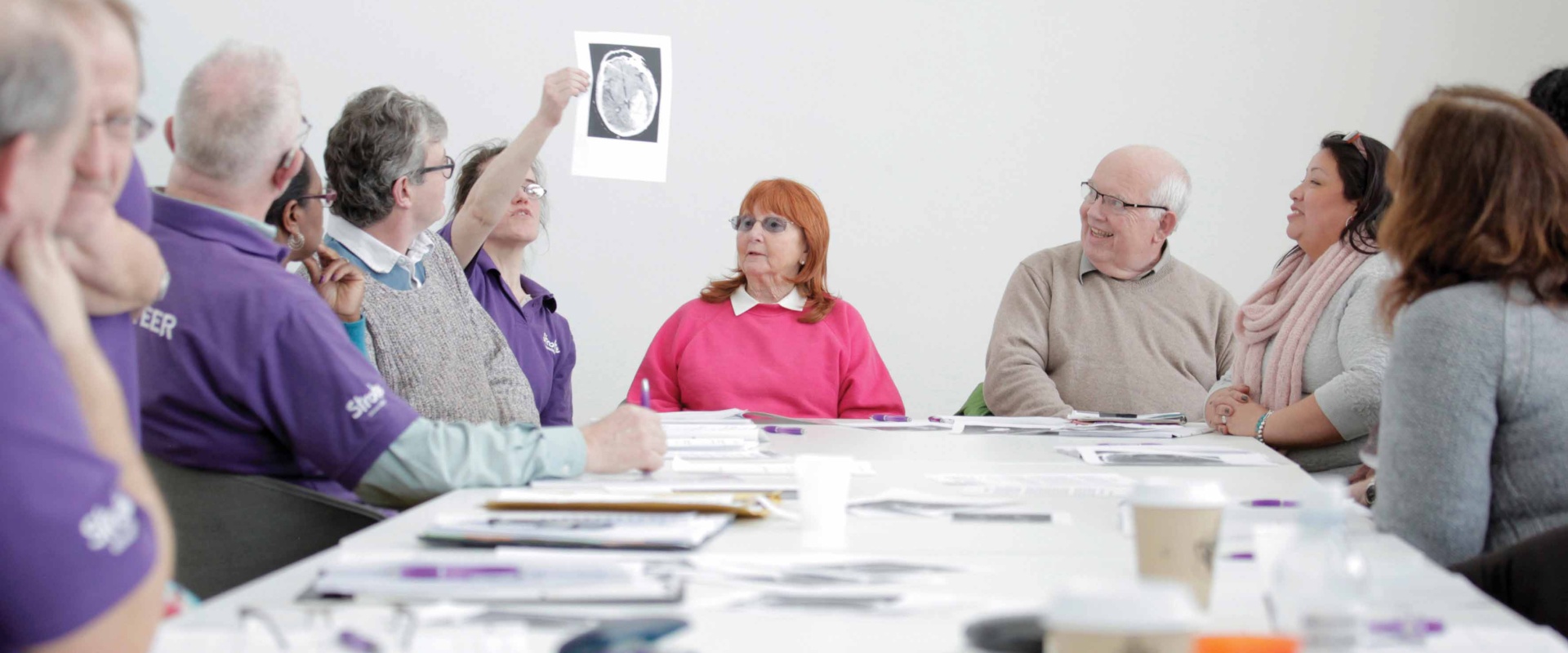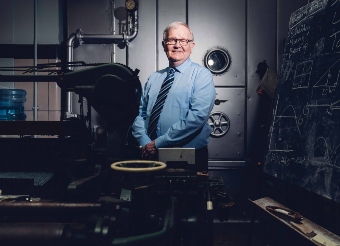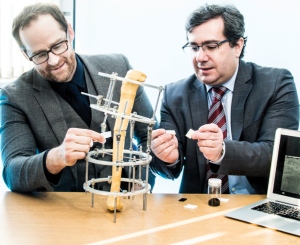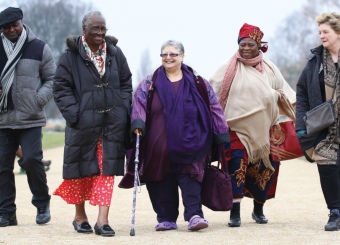As a member of the public, contributing to The University of Manchester’s research and teaching can make a real difference – and can take you to some unexpected places.
While most people will have heard of participating in medical research, fewer may be aware of the essential role that patients and the public play in ensuring the high quality and relevance of research and teaching.
Kay Gallacher is somebody who’s doing just that. She’s part of The University of Manchester’s unique collective of public contributors: people with lived experience who get directly involved in research and teaching, making a positive difference to health and well-being nationally and globally.
I’d reached a point in my life where I could pursue new interests and wanted to use my skills and experience to make a positive difference.
Partnerships and perspectives
A former marketer with a degree in sociology with statistics, Kay has always been fascinated by the power of data.
Her interest was sparked when she saw an advert to be a public contributor at the Health e-Research Centre (HeRC), a multidisciplinary centre exploring how underused health data can be repurposed to improve health.
Having already volunteered for the major UK Biobank health project, she was interested in how patient data collected for research is shared and governed.
“I’d reached a point in my life where I could pursue new interests and wanted to use my skills and experience to make a positive difference. My interest in data use and potential misuse fitted what the HeRC was looking for,” she remembers.
“The H@PPI Forum was set up so research projects always had a public perspective. We worked with researchers to promote the #datasaveslives campaign to address questions people might have about using patient data to improve health and care.”
Kay’s involvement grew. She helped set research priorities with the James Lind Alliance; coproduced and advised on primary care and e-health research; helped develop a citizen jury on data sharing; and developed her own citizen science project, What colour is your pain?, which was showcased at the Manchester Science Festival in 2017.
“From an initial interest in research, I know that as a Public Contributor I have positively influenced not only the research but also the researchers, working together to ultimately help improve health and medicine,” says Kay.
Enriching teaching
The public contributors also advise on the University’s teaching, from setting the curriculum to interviewing potential students. They also share their lived experiences on many teaching programmes through centres such as the University’s Doubleday Centre for the Patient Experience and the Manchester Academy for Healthcare Scientist Education.
“Public contributors bring real-life experiences of the many health challenges we face across society,” comments Dr Stephanie Snow, Academic Lead for Community Engagement and Involvement in the Faculty of Biology, Medicine and Health.
“Their input enriches our teaching and learning by increasing awareness and understanding in our students that helps them to be the best in their future career.”
It’s not just the University’s work that benefits. It also helps the contributors themselves and University staff to develop their skills and confidence. By building strong partnerships, they learn together to take the University’s work into realms that were previously unimagined.
For example, little did Kay imagine when answering an advert for the Heath e-Research Centre that she’d end up being part of the Manchester Science Festival.
Which just goes to show: you don’t have to be a researcher or a scientist to make a positive impact.
Learn more about being a public contributor.





